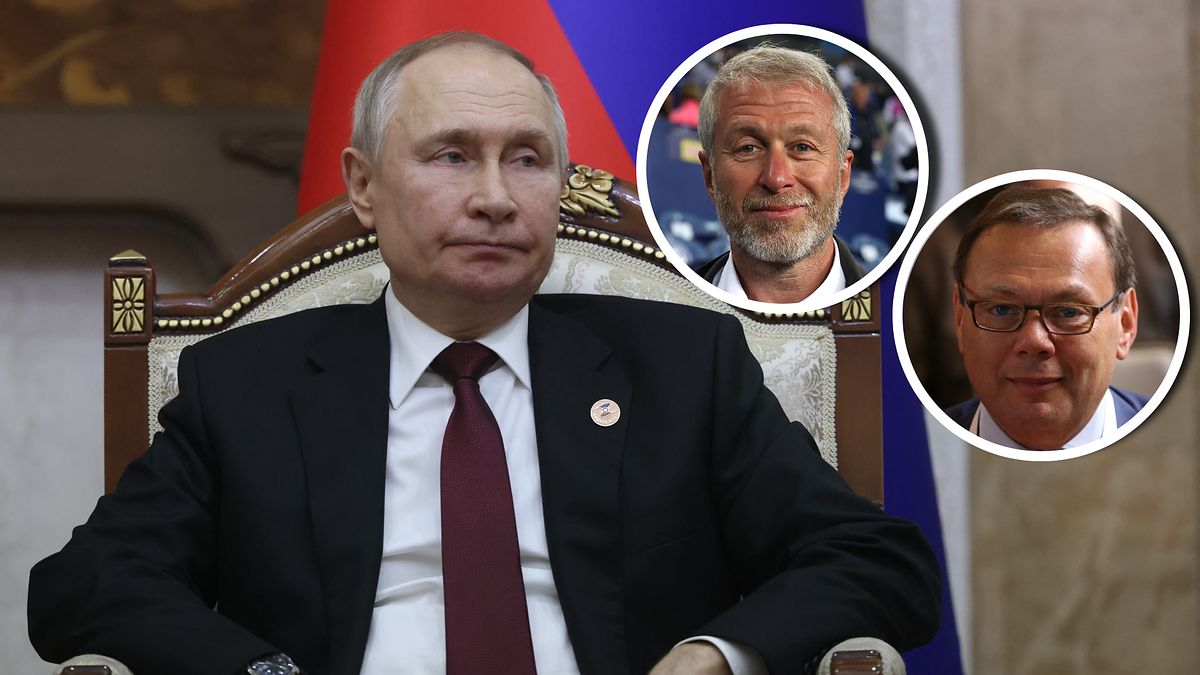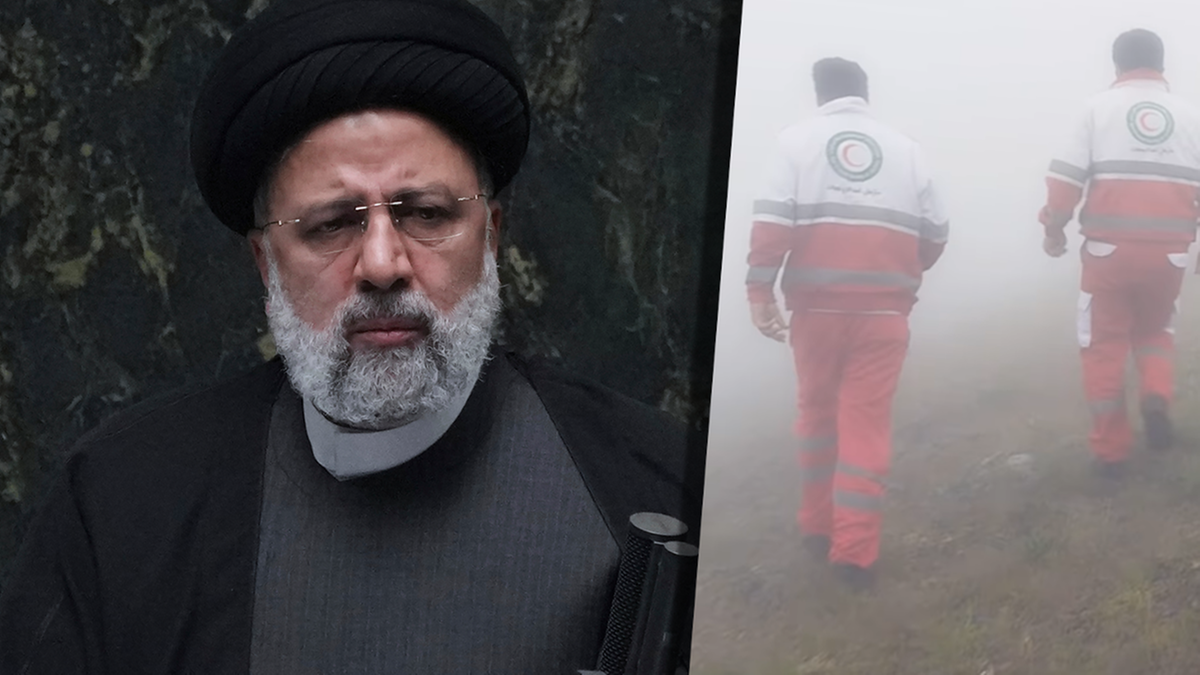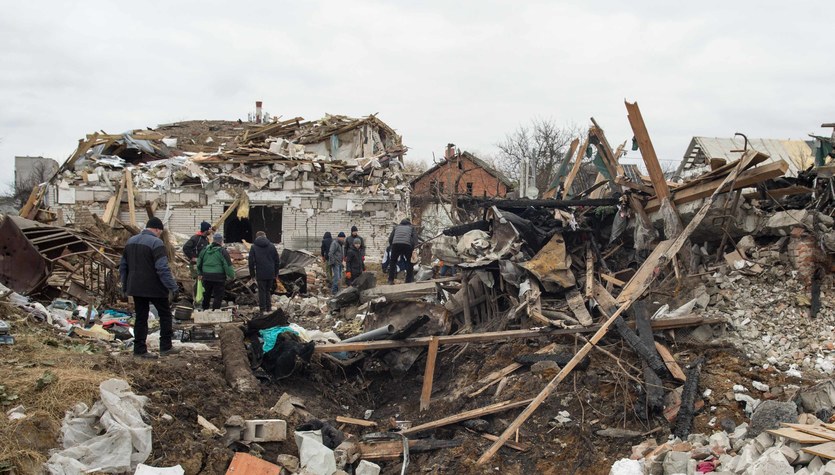– I’m sure we should expect the same this winter. Alexander Kovalenko, a Ukrainian military expert, says Russia has drawn conclusions from the previous energy terror campaign and will want to implement it again this year. He adds that Putin may run out of patience waiting for cold weather and will start meeting his energy goals early.
Kiev city center, November 22, 2023
Last year’s strategy was not very successful. Despite the severe shortage of electricity, the moral spirit of the Ukrainians meant the failure of Putin’s plans.
Ukrainian intelligence warns that if Russia decides to cut off electricity, Ukraine is prepared for a symmetrical response.
The 2022-2023 campaign, or how Putin tried to cut off power to Ukraine
From September 2022 to early March 2023, Russian forces continuously carried out large-scale attacks on Ukraine using cruise and ballistic missiles, as well as Iranian kamikaze drones.
The main targets were power plants, in particular combined heat and power plants, which not only produced electricity but also supplied heat to district heating systems. The targets also included transformer substations responsible for redistributing electricity in the electricity network. As a result, many populated areas of Ukraine remained without electricity and heating for a long time. In addition, intense bombing led to civilian casualties.
Russian propaganda programs clearly defined the goals of these attacks: to demoralize the Ukrainian population, force Zelensky’s government to make concessions to Russia, and provoke a new wave of refugees to Europe.
However, despite the huge scale of attacks – according to Ukrenergo (electricity transmission system operator), the Russians carried out 1.2 thousand attacks. Attacks, 250 of which hit the target – the Kremlin was unable to completely stop the Ukrainian energy system.
The reasons include the presence of a strong and well-organized air defense system; the dedicated efforts of renovation workers who, often at the cost of their lives, rebuild damaged facilities after each raid; and the constant flow of supplies of generators, transformers and repair equipment from the West, including Poland. However, the Russians came perilously close to achieving their goal — according to The Times’ sources, in December 2022, Kiev was on the verge of a full-scale evacuation.
Preparations for the coming winter
Ukrainian authorities recently claimed that Russia is stockpiling missiles, suggesting a possible return of the campaign against energy facilities. For several months, we have not observed Russian strategic air attacks using Kh-55 and Kh-101 missiles, and Kalibr missiles have not been launched freely.
Given that last year’s campaign began in September, it can be speculated that the Russian leadership is waiting for a colder climate to maximize the impact of its attacks. Ukraine is currently under attack by Shahed 136 aircraft. Some of these missiles are already hitting energy facilities.
In response, Ukraine and its Western partners are strengthening the Ukrainian air defense system. Compounding the challenge was the fact that Ukraine’s stockpile of missiles intended for Soviet systems was nearly exhausted, according to Pentagon documents leaked in the spring. Efforts are being made to address this problem through the delivery of new air defense systems, including Patriot, IRIS-T and NASAMS.
A secret plan that may surprise Putin
The United States and Ukraine are cooperating on the FrankenSAM project, which involves converting Soviet anti-aircraft systems and adapting them to Western missiles. According to Yuri Ignat, a representative of the Ukrainian Air Force, despite the short range of the missiles, a special hybrid suitable for the defense of strategic points has already been created.
In addition, the United States purchased 60 Gibbard self-propelled anti-aircraft installations from Jordan specifically for the Ukrainian Armed Forces, which have proven their effectiveness in combating drones.
At the same time, mobile anti-aircraft defense groups armed with machine guns and anti-aircraft artillery are being prepared in Ukraine. According to Ukrainian officials, efforts are being made to strengthen energy facilities and create backup power systems. The defense of the power system and the purchase of power equipment are partly done with funds from the United States.
“Margin of safety for the Ukrainian system”
In a worst-case scenario, if Russian attacks are exceptionally strong and cripple the Ukrainian energy system, there are plans to import electricity from Europe, as happened last winter. The government is developing emergency plans in the event of a prolonged power outage and preparing a coordination team.
In turn, sources in the Ukrainian security service vowed a “decisive response” in the event of renewed bombing. According to their statements, a similar power outage “occurred” in the Kursk region in September. Ukraine appears to have some capacity in this regard, as it produces “dozens” of drones per month, the Ukrainian equivalent of a “Shahed” drone. Western partners do not allow the Ukrainian Armed Forces (VSU) to use long-range missiles delivered on internationally recognized Russian territory. However, the Ukrainians have modified their indigenous Neptune anti-ship missiles to attack ground targets.
The main unknown in this equation is the “margin of safety” of the Ukrainian air defense system and its ability to withstand massive Russian attacks. In recent months, according to reports from the Air Force Command, the Ukrainian Armed Forces managed to destroy a large number of air targets during Russian air strikes. In May, attacks on Kiev occurred almost daily, but there were almost no successful attacks – at least within the city limits. A multi-layered air defense system was created around the Ukrainian capital through the successful integration of Western and Soviet equipment of different ranges.
While US Patriot systems have proven effective against daggers, their number in the Ukrainian Armed Forces is limited, making it impossible to use them to cover the entire territory of Ukraine.
Ukrainian soldiers near Donetsk.
In addition, this year the Russians managed to destroy several Ukrainian S-300 launchers and radars, which could create “gaps” in the air defense umbrella over Ukraine that Russian “remote killers” could exploit when planning missile trajectories.
Alexander Kovalenko, Ukrainian military expert: The overestimation of Russia’s capabilities is disastrous
We learned lessons after last year’s attacks on Ukraine’s energy infrastructure. Although the country’s energy system was not initially designed to withstand extreme forms of terrorism, it was well prepared for scenarios involving nuclear attacks, something that had been under consideration since Soviet times.
As for Ukraine’s preparations for this period, the main goal is to reduce the dependence of consumers and nodes on energy centers. Another important aspect is that not all projects for moving energy infrastructure underground have been successfully implemented. Some of them remain on the surface, and their destruction will have consequences for a certain category of consumers. Projects to move such underground facilities consume a lot of energy, making it impossible to implement quickly.
Why has Russia not been able to completely destroy Ukraine’s energy infrastructure yet? Occupying a country with such territory, population and a professional, regularly operational army, with the size of the forces and resources available to the Russian army, was a catastrophic overestimation of Russia’s capabilities and a disastrous underestimation of the capabilities of the Ukrainian Armed Forces. In addition, there has been political disdain for international support for Ukraine and the consequences for Russia itself.

“Coffee enthusiast. Troublemaker. Incurable introvert. Subtly charming twitter scholar. Award-winning social mediaholic. Internet buff.”










